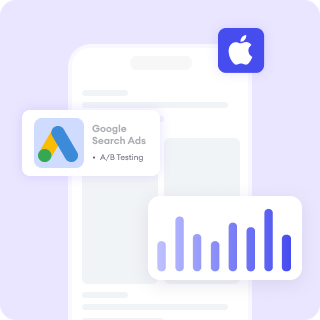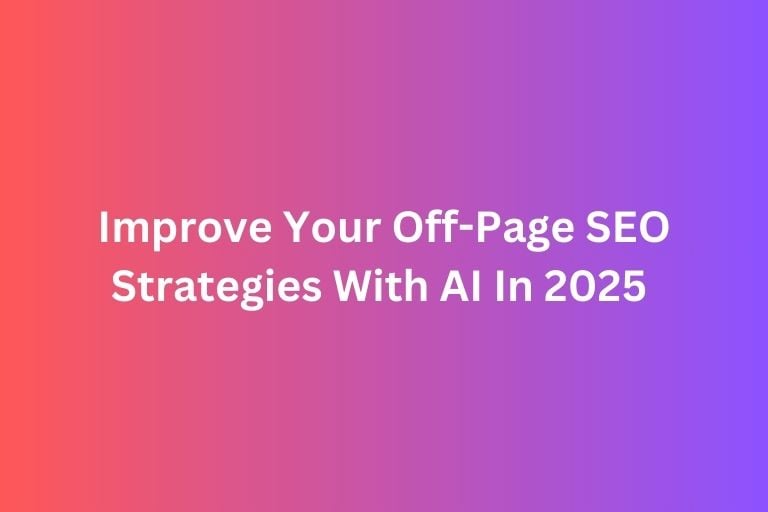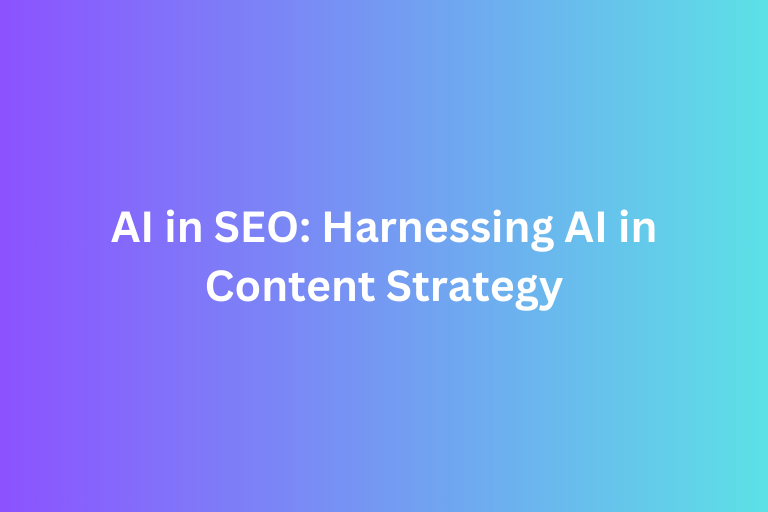You’ve heard it before when people often say “Content is king.” But when it comes to Content SEO, it’s not just about creating content for the sake of it but it’s also about crafting content that ranks high on search engines and brings value to your audience.
Content SEO is the art and science of writing for humans and search engines.
In this article, we will learn what is content SEO, why it matters for your site, and the key elements involved in content SEO. Let’s dive into what it is, why it matters, and how to get started.
What is Content SEO?
Content SEO is the process of optimizing the content on your website to make it search engine-friendly. This includes everything from the topics you choose, to the way you structure your articles, to the keywords you sprinkle in.
While you’re optimizing for search engines, your priority should always be to provide value to your readers. SEO gets people to your content but great writing keeps them there.
Why is Content SEO Important?
Imagine writing a brilliant article only for it to be buried on page 10 of Google. No one’s going to see it! Content SEO helps your work get noticed and drives traffic to your website.
Benefits of Content SEO:
- Higher Visibility: The right optimization can boost your content to the top of search results.
- Increased Traffic: More visibility = more clicks.
- Audience Engagement: Well-crafted, valuable content keeps readers coming back.
- Stronger Authority: Consistently ranking content builds trust and positions you as an expert in your niche.
Key Elements of Content SEO
Let’s break down the essential ingredients for creating content that ranks:
1. Keyword Research
Keywords are the foundation of Content SEO. They’re the words and phrases people type into search engines when looking for something.
How to Find the Right Keywords:
- Use tools like Google Keyword Planner, Ahrefs, or Ubersuggest to find popular search terms in your niche.
- Focus on long-tail keywords (e.g., “best skincare routine for dry skin”) because they’re less competitive and more specific.
- Think like your audience: What questions are they asking?
Where to Use Keywords:
- Page titles and meta descriptions
- Headings (H1, H2, etc.)
- Body text (but naturally—don’t overstuff!)
- Image alt text and file names
2. High-Quality Content
Search engines love content that answers questions, solves problems, and provides value. Your goal is to be the go-to source for your audience where your content can provide the answers.
What Makes Content High-Quality?
- Originality: Avoid duplicating content from other sites.
- Relevance: Write about topics that matter to your audience.
- Depth: Cover the topic thoroughly, answering all possible questions.
- Readability: Keep your content clear, concise, and easy to scan.
Pro Tip: Break up long paragraphs, use bullet points, and add visuals to make your content more reader-friendly.
Learn more: How To Write Quality Content For A Website
3. Content Structure
A well-structured article isn’t just easier for readers but it’s also easier for search engines to understand.
How to Structure Your Content:
- Start with a catchy headline that includes your main keyword.
- Use headings and subheadings to organize your content (H1, H2, H3, etc.).
- Add internal links to other relevant content on your site.
- End with a strong call-to-action (CTA) to guide readers on what to do next.
4. Optimized Meta Tags
Meta tags are the snippets of text that appear in search results. They tell users (and search engines) what your content is about.
How to Optimize Meta Tags:
- Title Tag: Include your primary keyword and keep it under 60 characters.
- Meta Description: Write a brief, compelling summary of your content (150–160 characters) with your keyword included.
Example:
Title: Beginner’s Guide to Yoga: Tips for Flexibility and Stress Relief
Meta Description: Discover the best beginner yoga poses to improve flexibility and reduce stress. Start your yoga journey today!
Learn more: How To Write Meta Descriptions For Better CTR
5. Visual Content
Adding visuals like images, infographics, and videos can make your content more engaging. Plus, visuals can boost your chances of ranking in image and video searches.
Tips for Optimizing Visual Content:
- Use high-quality images that are relevant to your content.
- Compress images to improve page load speed.
- Add alt text with descriptive keywords for better accessibility and SEO.
6. Internal and External Links
Links help search engines understand the context of your content.
Internal Links: Link to other pages on your website to keep readers engaged and improve your site’s navigation.
External Links: Link to credible, authoritative sources to support your points and boost trustworthiness.
Learn more: How To Master Internal Linking For Your Website
7. Regular Updates: Keep Content Fresh
Google loves fresh content. Even evergreen posts (content that stays relevant over time) need occasional updates to stay accurate and competitive.
What to Update:
- Outdated stats or facts
- Broken links or images
- Add new information or sections to expand the content
Common Content SEO Mistakes to Avoid
- Keyword Stuffing: Overloading your content with keywords can hurt readability and rankings.
- Thin Content: Pages with very little information don’t provide much value.
- Ignoring User Intent: Focus on answering your audience’s questions, not just ranking for keywords.
- Skipping Meta Tags: A missing or poorly written meta tag is a missed opportunity to grab attention.
Conclusion
Content SEO is about connecting with your audience. When you create high-quality, optimized content that provides value, everyone wins. Your readers get the answers they’re looking for, and you get better visibility, more traffic, and stronger engagement.
Start with the basics: research your keywords, write for your audience, and structure your content in a way that’s easy to read and understand. Over time, you’ll see the results of your efforts as your content climbs the search engine ranks.
Improve your website performance with FoxAdvert!
If you are looking forward to how to improve your website performance, our professional team of SEO experts at FoxAdvert can help you. Contact us today to start your journey 😊











